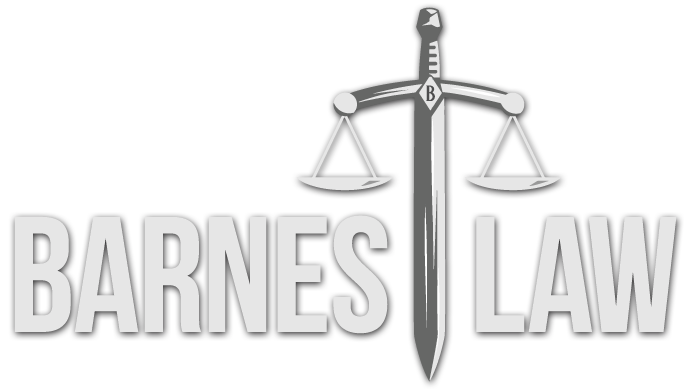Qualified and Non-Qualified Personal Residence Trusts.
Most people assume that estate planning and asset protection planning are two completely distinct endeavors. That belief is due, in part, to the fact that certain common elements of estate planning (like living trusts) have negligible efficacy in asset protection. This causes a common follow-up belief to be prevalent, namely that therefore all estate planning tools must be of minimal utility in asset protection planning and there is a universal solution to be had in the realm of Domestic Asset Protection Trusts (“DAPTs”), foreign trusts, or business entities such as Limited Liability Companies (“LLCs”). But this is simply not the case. While most estate planning tools are not applicable to asset protection planning as a whole, there are certain limited-use tools targeted at a few specific types of assets that have legitimate value in both arenas. Two such mechanisms related to asset protection of a personal residence only are the Qualified and Non-Qualified Personal Residence Trust (“QPRT” and “NQPRT”)[1]. With a QPRT, the grantor gifts their residence into the trust. The QPRT allows the grantor to use the residence, without paying rent, during the initial fixed term of the trust. The remainder goes to various, non-grantor beneficiaries, at the end of the initial term of years (if the grantor out-lives the initial term he then owes rent to the trust for continued use of the property). The asset protection benefit is the grantor’s limited right to use the residence for a term of years. This property right is not nearly as marketable as fee title to the property. Not only does this reduce the value of the property rights which can be attached, but it increases the inconvenience to the creditor because the creditor standing in the shoes of the grantor cannot force a sale of the property. According to Treasury Regulations section 25.2702-5(c)(2)(iv)[2] a husband and wife can both transfer half their ownership in the home into two separate Qualified Personal Residence Trusts, thereby doubling the potential use of this asset protection tool.
As with any asset protection planning, the cardinal rule of timing is paramount. Recently, in In re: Yerushalmi[3], the court determined that the QPRT was a valid asset protection device only because it had been set up before the debtor/grantor’s creditor issues arose.
However, timing of establishment of the QPRT is not the only drawback. Since the grantor seeds the trust with a gift of the property, a creditor may also challenge a QRPT on fraudulent transfer grounds[4]. This specific risk does not exist with a NQPRT. A NQPRT is a trust that holds primary residence while not being qualified for estate tax savings under IRC §2702[5]. The trust gives the seller/grantor a self-canceling installment note (“SCIN”) in exchange for the property (a note which provides for a termination of payments at the death of the note-holder). After the transfer, the grantor pays fair market value rent to the NQPRT for his continued use of the property, which the NQPRT in turn uses to make payments on the SCIN.
From an asset protection planning standpoint, as long as the promissory note’s value is equivalent to the fair market value of the home, the transfer of the home to the trust in exchange for the SCIN is an exchange of equivalent value and thus the transfer is much less likely to be considered fraudulent. This position is enhanced further due to the fact that the grantor does not ever live in the property rent free.
However, there is no “silver bullet” in asset protection planning free of limitation or downside and these tools are no exception. Both QPRTs and NQPRTs are restricted to primary residence only and therefore cannot be used for investment property. Transferring mortgaged property to a NQPRT also typically triggers a mortgage’s “due on sale” clause (without prior consent of the lender). However, for certain individuals, especially those primary residences are owned outright and above average in value, a QPRT or NQPRT remain viable options for asset protection planning when utilized properly and with the advice and counsel of someone well versed in estate planning, asset protection and tax law.
--By Doug Hanchar, Esq., Barnes Law
Doug Hanchar is an associate attorney with Barnes Law, licensed to practice law in California.
The opinions expressed are those of the author and do not necessarily reflect the views of the firm, its clients, or any of its or their respective affiliates. This article is for general information purposes and is not intended to be and should not be taken as legal advice."
[1] Both QPRTs and NQPRTs have significant estate planning advantages and tax implications which are beyond the scope of discussion here.
[2] 26 C.F.R. § 25.2702-5(c)(2)(iv)
[3] In re: Yerushalmi 487 B.R. 98 (2012)
[4] 28 U.S.C. § 3304
[5] 26 U.S.C. §2702
